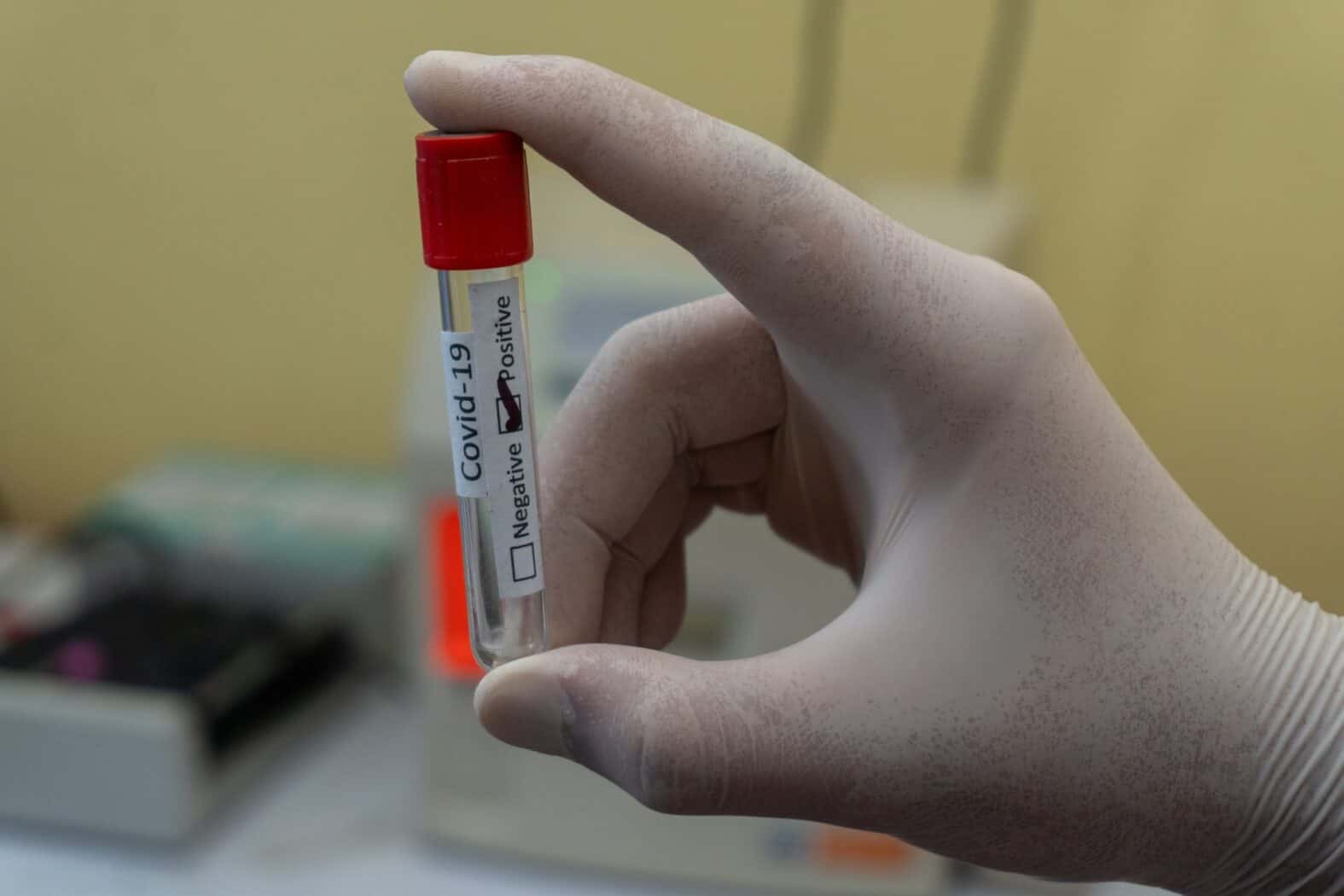
Different Strains
By Galen Lastko,
Photo by Prasesh Shiwakoti (Lomash) on Unsplash
Published in the Humboldt Independent on January 12, 2021
It’s been a year of this now, and in all likelihood, it won’t be the last one. The record for COVID-19 deaths in a day in the United States was set last week at 3,865, and an estimated 1 in 17 people in Los Angeles County currently have the disease. China, South Korea, and other countries around the world that seemingly had a handle on COVID are reporting an increase in cases again. The pace of vaccination may not be able to slow down the spread for some time, and what’s even more delightful is that we’re already witnessing the arrival of new and increasingly infectious strains of COVID-19, and all the complications and setbacks they may very well entail.
Like any other living or sort of living thing, COVID-19 will gradually change over time.
It’s been established for some time now that this virus is not a static organism, and like any other living or sort of living thing, COVID-19 will gradually change over time as it tours the wide world of human immune systems. And while it’s true that some viruses don’t necessarily benefit from being deadly, as they must have living hosts to reproduce, there’s plenty of examples from history where apparently, nobody bothered to inform the virus of this fact. In this case, the so-called “UK” variant of COVID is allegedly no more dangerous outright than the house varietal, but is instead much more contagious, spreading both faster and more easily between individuals. However, more exposure does lead to more cases, which means more potentially fatal cases – not to mention the impact of all the additional patients on our already-strained hospitals.
As far as the new strain’s symptoms, we’re not dealing with much that we haven’t seen before. The UK strain more or less manifests symptoms similar to what we’ve grown to expect from the garden variety COVID-19. With another new strain making headlines in South Africa this week, we’ll have to give it some time before we’re certain as to what we’re up against. One way or another, statements by Dr. Anthony Fauci and the CDC indicate that we should expect a surge of cases accompanying the arrival of these new strain, which may already be more widespread in the United States than anticipated.
It seems like there will be a bit of a foot race as if the real test of our COVID-readiness is yet to come.
In December, it was estimated that the UK strain accounts for approximately 60% of all new COVID-19 cases, worldwide. While it remains to be seen what impact these new strains will have on the vaccination process, it seems like there will be a bit of a foot race as if the real test of our COVID-readiness is yet to come. In Ukiah, when a failed refrigerator put over 800 doses of vaccine at risk of expiration, forces rallied and those vaccines were successfully administered in only two and half hours: if that sense of urgency were to accompany a national or international effort, we’d probably be much better off, but I wouldn’t get my hopes up.
Unfortunately, what all of this boils down to for most of us is quite simply more of the same: keep yourself masked and cloistered away, get a vaccine if you can, and sit tight until we’re better informed. Unless the virus somehow manages to turn the tables on our vaccines, becoming so wildly different as to wholly circumvent our efforts, it’s still just a matter of time before we pull ahead. Give yourself a pat on the back for not going too crazy (so far), hunker down, and hang on to your people. We’ll get there.
Galen Lastko, submitted on behalf of the SoHum Health’s Outreach department.
Related: Community, COVID-19, News, SoHum Health, Wellness